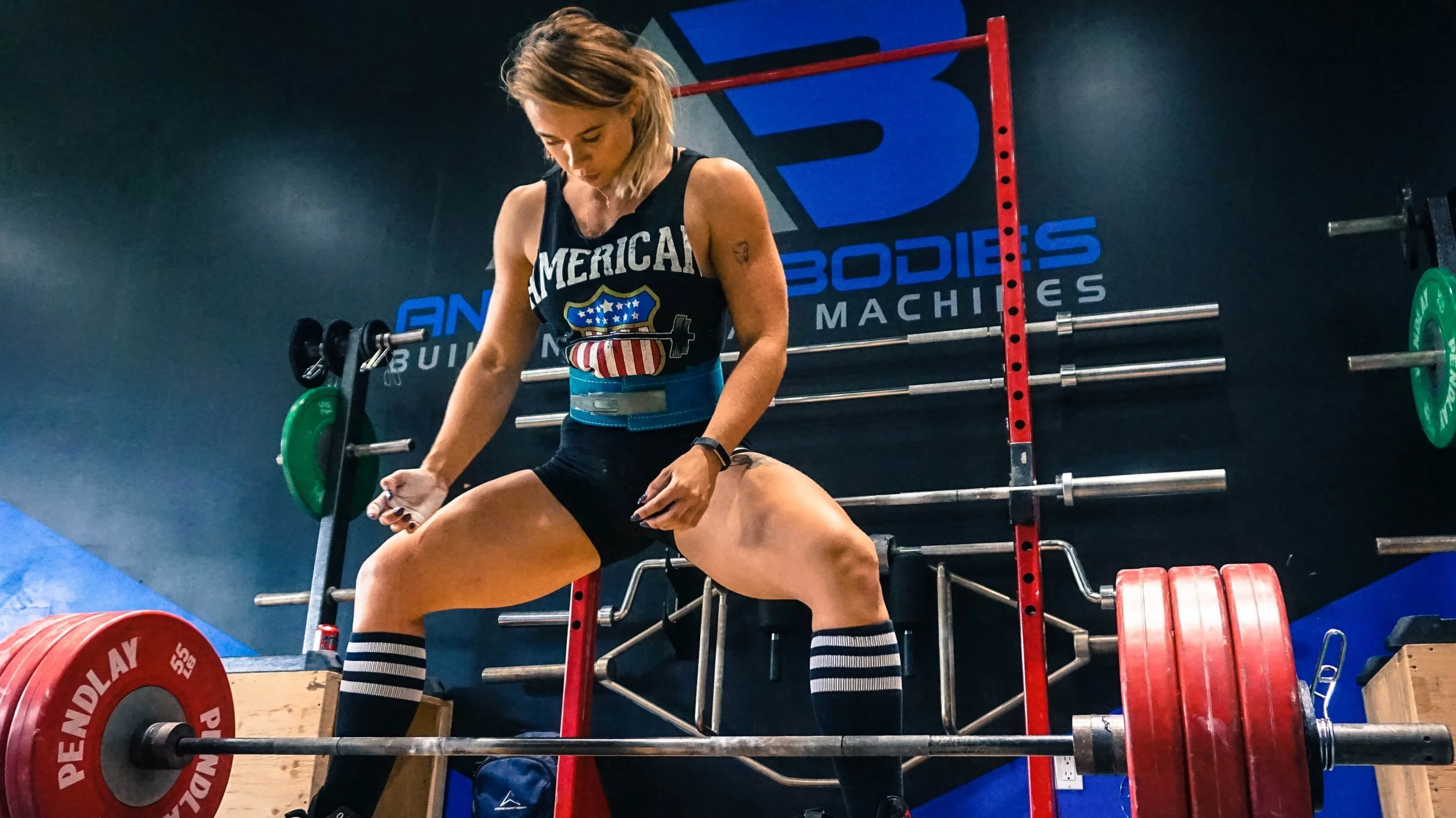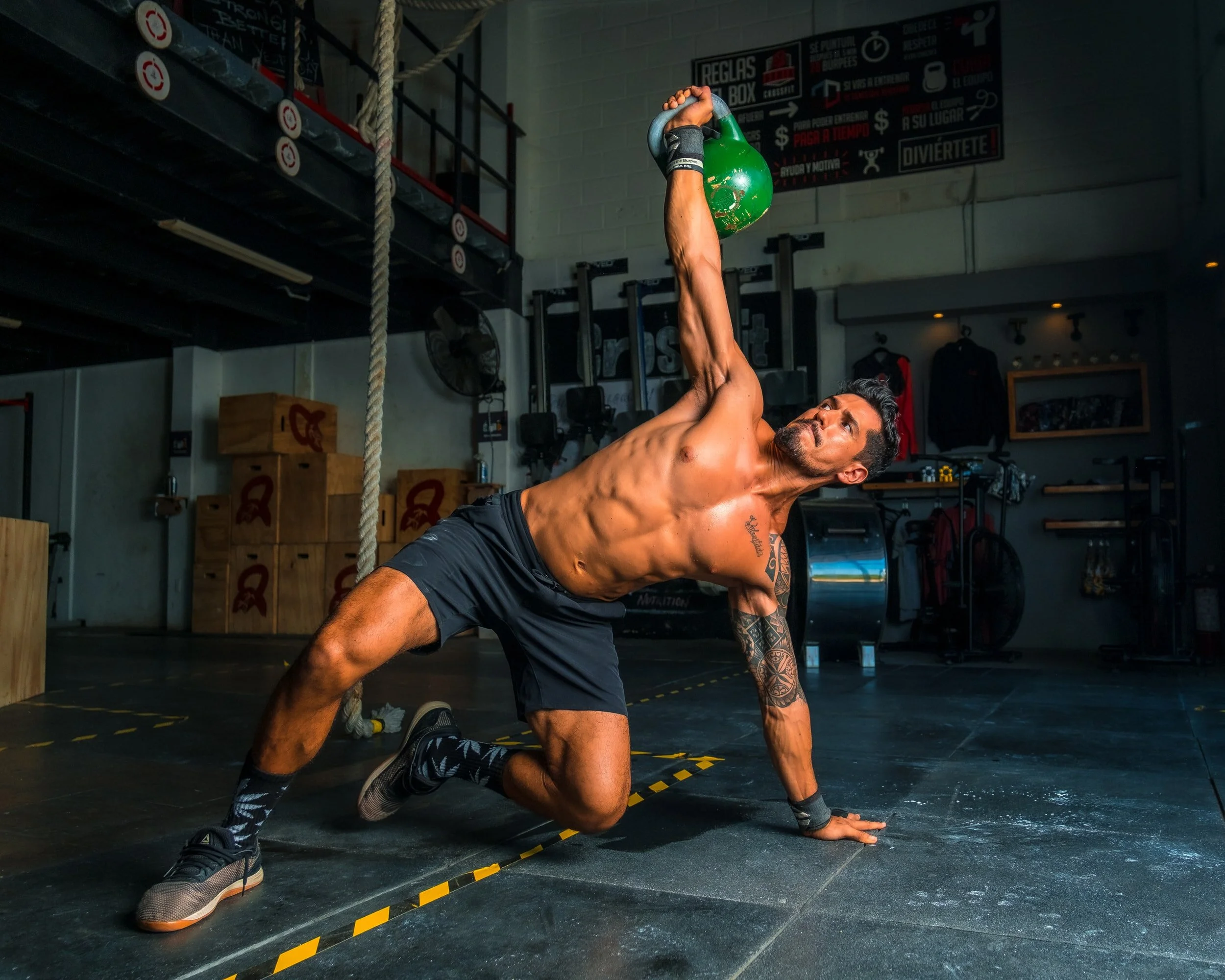The Essential Movements of Every Training Program
Our body moves in mostly identifiable patterns (in three main dimensions). Whether in our daily life or in training, there are some fundamental planes of movements which our bodies follow when in motion (in reality movement does not occur precisely in these patterns all the time — often it is a hybrid). Imagine you are performing a squat at the gym (or at home). This seemingly simple exercise is one which works in the sagittal plane of movement. The sagittal plane of movement is one of the 3 macro categories in which the anatomical movement of our body can be framed. Patterns and directions of movement are delineated by anatomy. When training against resistance, we need to keep in mind these movement patterns, in order to choose the right exercises for our goal, and pick those movements which represent the foundation of every resistance training plan.
This post looks at defining which are the fundamental movement patterns that must be included in every training program and why, particularly if you aim at increasing muscle mass, developing strength, or losing body fat and be more healthy and fit for your daily existence. First, we'll treat the planes of movement which our body can be "split" into, to then get into the more detailed, fundamental movement patterns to always keep in mind when designing a training program, or simply working out against resistance.
Planes of Movement (sagittal, frontal, transversal)
There are three main dimensions of movement that can be depicted when looking at how the body moves through space. These planes of movement are not intended to precisely illustrate how movement occurs, all the time in the day-to-day life, but rather represent a framework of reference which establishes some fundamental concepts regarding movement. Each plane of movement imaginarily cuts the body into two parts, based on which unidimensional movement patterns can be identified (eg. flexion, extension, rotation). This makes it possible to frame human movement into precise patterns, which mostly simplify reality, but which are essential to keep in mind when it comes to selecting exercises for a training program or workout session.
First, there is the sagittal plane. It's as if this plane split the body into left and right. This implies that all those movements (in everyday life and in training) which have a flexion and extension component to them can be framed into the sagittal plane of movement. In training, the majority of the exercises occur in the sagittal plane (front to back), which makes this dimension be the very focus of some of the fundamental patterns to include in every training program and session. Later on in this post we will dive into exercises occurring in the sagittal plane and what to focus on.
But before that, let's keep going with the overview of movement planes. The frontal plane is the second dimension depicted by biomechanics. The frontal plane splits the body into front and back (anterior and posterior). So, abduction (away from the body — distal — eg. dumbbell lateral raises) and adduction (towards the body — medial — eg. dumbbell chest flyes) movements occur in the frontal plane.
The third and last plane of movement in the three-dimensional framework is the transversal plane. This plane of movement bisects the body into top and bottom halves (superior and anterior). Trunk rotations movements occur in this plane (eg. baseball swing).
The most essential movement patterns occurring in each plane of movement
Being aware of these planes of movement makes it possible to include a diverse range of exercises which do not only focus on one of them, but which also account for the less-tapped-into, but still crucial for overall health and athleticism, exercises and movement patterns. This certainly depends on your training goal. Do you train to become a more athletic and functional (as in having proper proprioception of how your body moves in space) individual, or do you merely want to focus on building strength and muscle hypertrophy?
Training programs which account for a wide variation of movements can be very beneficial to improving athleticism and functional strength, while neglecting some of the three planes is probably not ideal. In particular, the wide majority of exercises we perform in the gym occur in the sagittal plane. This is because most of the movement in everyday life can be framed in that plane of motion (walking itself occurs in the sagittal plane). In the sagittal plane of movement, as a matter of fact, we can identify extension and flexion movements. This encompasses a very broad category of exercises. Flexion of a joint takes place when the joint angle decreases (eg. bicep curl, leg curl), whereas extension is the opposite: it occurs whenever a joint angle increases (eg. triceps extensions, leg extensions).
The frontal plane, on the other hand, accounts for abduction and adduction movements. These are all those exercises which present a "side-to-side" motion. Some examples of abduction (away from the body) are lateral raises and hip abductions. Adduction (towards the body), instead, can be identified in exercises such as chest flies and Cossack squats.
Rotation of the body is what takes place in the transversal plane. This involves all those movements which train the obliques (side abs).
The majority of the exercises we perform in the gym are considered sagittal plane exercises.
Which are the fundamental movement patterns to focus on in each training session / program
When it comes to training against resistance (whether with weights or your bodyweight), there are six essential movements that we need to always take into account when selecting exercises or drafting a training plan. These are the 20% which brings 80% of the results. Especially as far as building muscle and strength are concerned, these six patterns of movements, which manifest in the sagittal plane, are the very essential to base every training program on.
“The six fundamental movement patterns to include in any strength and hypertrophy plan are: squat, hip hinge, vertical push, horizontal push, vertical pull, horizontal pull.”
The reason for which they represent the foundation of every plan (whether aimed at advanced or beginner trainees) is that they encompass exercises which recruit more than one muscle group at a time (compound movements), and each of them targets a major muscle region of the body. So, first of all, they are compound movements, which implies that exercises included in these patterns (most of them) are aimed at recruiting not one single muscle, but more than one. For example, when analysing the barbell back squat (squat pattern), we can notice that this exercise does not merely target the quadriceps, but also activates significantly your glutes and hamstrings, which all together contribute to the correct performance of the movement. The same applies to the Bench Press, which is primarily performed by the chest muscle fibers, with the contribution of the triceps and front deltoids. A crucial benefit of compound movements is that they allow for progressive overload to be implemented over time (particularly quickly in beginners due to neuromuscular adaptations). As progressing over time on a given exercise is essential when it comes to hypertrophy and strength training, this is the key reason for which these six patterns must be included in every resistance training program. They are the very foundation, without which achieving results gets very complicated. Secondarily, due to the fact that exercises included in these movement patterns target more than one muscle region, they allow for relatively heavy load compared to isolation exercises; and because mechanical tension is one of the three mechanisms of muscle hypertrophy, this is very worth pointing out.
In addition to this, each movement listed above contributes to targeting a different region of the body (eg. pull movements target the back musculature — including lats, trapezius, rhomboids, teres minor and major), which means that the list is complete and does not neglect any major muscle group.
Every essential movement pattern has got some corresponding exercises which are considered the most effective at muscle activation. Here is a short list (here is a free pdf summarising the essential exercises for each pattern):
Hip Hinge:
Regular Stance Deadlift
Sumo Deadlift
Barbell Hip Thrust
Barbell Romanian Deadlift
Squat:
Barbell back squat
Barbell Front Squat
Horizontal Pull:
Barbell Bent Over Row
Db Row
Horizontal Push:
Barbell Bench Press
Dips
Vertical Pull:
Pull Ups
Lat Pulldown
Vertical Push:
Overhead Press
Handstand Push Ups
The relevance of the other planes of movement and patterns in your training journey
While this post argues that the exercises and movement patterns listed above are the bread and butter of every hypertrophy and strength training program, we don't want to forget about the other planes of movements and their relevance in everyday life. As a matter of fact, the six essential exercises above are all taking place in the sagittal plane (there is no side-to-side component, nor rotation component to them). So, neglecting the other planes of movement (frontal and transversal) may not be a great idea if we look at the long term game, particularly if your objective in training is to become a more athletic, functional individual. Functional as in more healthy and less prone to injuries in your daily life and in training.
Including exercises working in the frontal and transversal planes in a well-crafted training program is perfectly possible and a great option. At the same time, the main point here is that movements occurring in the frontal (eg. Cossack Squat, Lateral raises) and transversal planes (eg. oblique abs rotation, med ball side slams) are only complementary and isolation exercises, which come after the foundations are laid out (the six patterns), like a cherry on a cake (ah!).
ADDITIONAL RESOURCES:
Movement Anatomy: The Basics | Renaissance Periodization
The "Perfect" Total body Workout | AthleanX
The Best Science-Based Full Body Workout for Growth | Builtwithscience
Similar Posts you may like:
If you would like to have a customized training program delivered in a beautiful and functional platform (Notion), you may consider working with me.



